2023 February 22

2023 February 22
Our Increasingly Active Sun Image Credit & Copyright: Mehmet Ergün
Explanation: Our Sun is becoming a busy place. Only two years ago, the Sun was emerging from a solar minimum so quiet that months would go by without even a single sunspot. In contrast, already this year and well ahead of schedule, our Sun is unusually active, already nearing solar activity levels seen a decade ago during the last solar maximum. Our increasingly active Sun was captured two weeks ago sporting numerous interesting features. The image was recorded in a single color of light called Hydrogen Alpha, color-inverted, and false colored. Spicules carpet much of the Sun’s face. The brightening towards the Sun’s edges is caused by increased absorption of relatively cool solar gas and called limb darkening. Just outside the Sun’s disk, several scintillating prominences protrude, while prominences on the Sun’s face are known as filaments and show as light streaks. Magnetically tangled active regions are both dark and light and contain cool sunspots. As our Sun’s magnetic field winds toward solar maximum over the next few years, whether the Sun’s high activity will continue to increase is unknown.
∞ Source: apod.nasa.gov/apod/ap230222.html
More Posts from Ad-astra-affecte-spe and Others
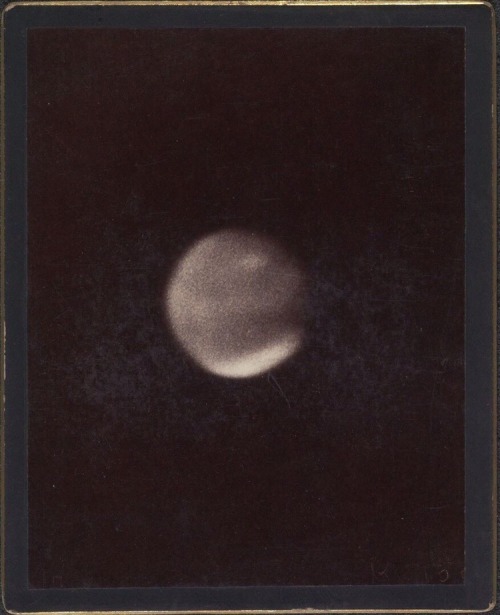
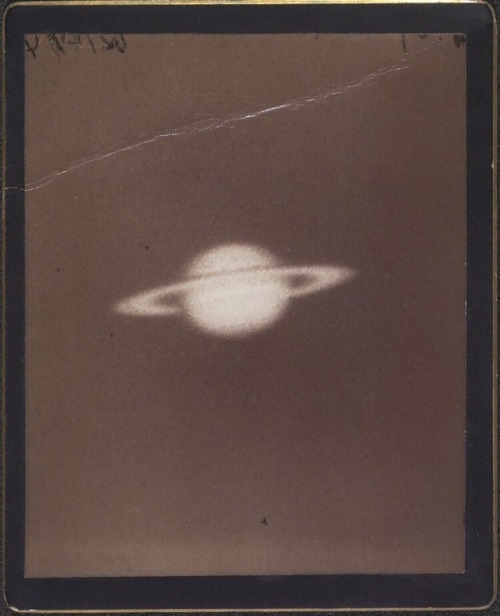
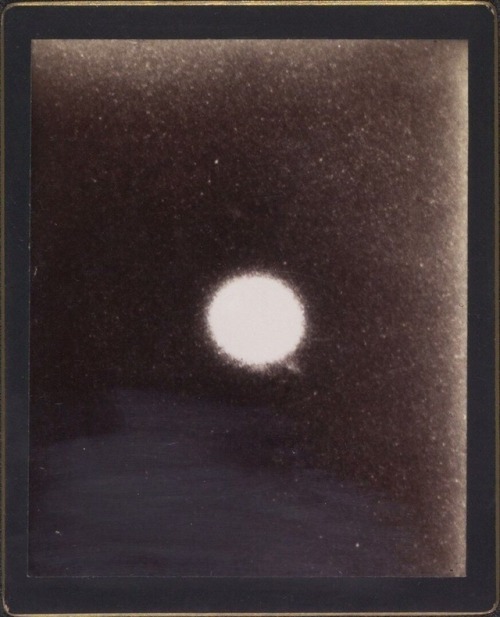
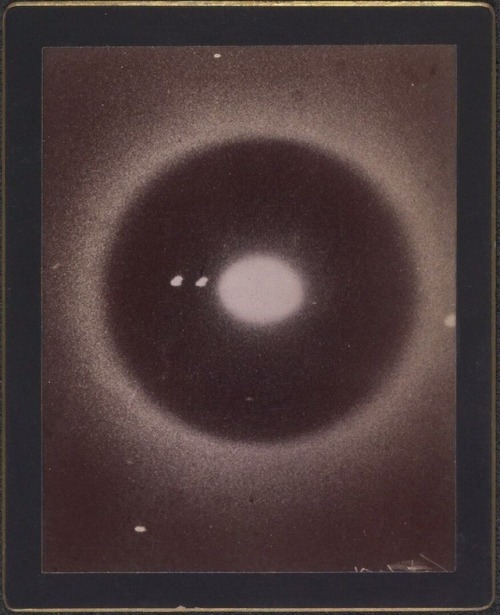
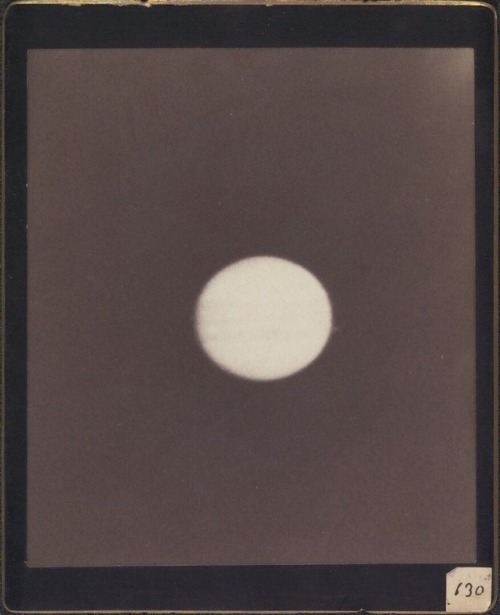
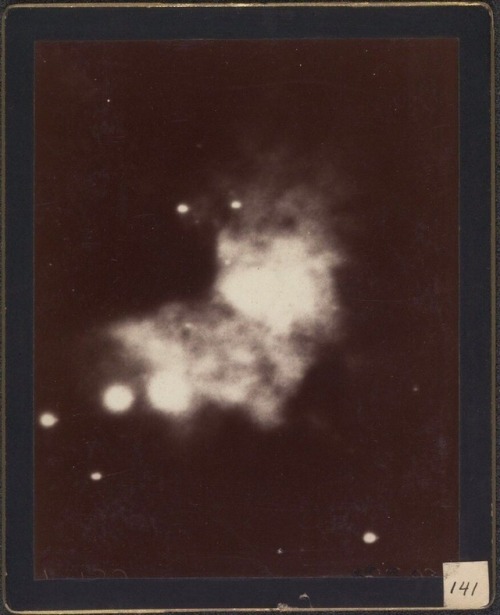
Astronomical photographs, Harvard College Observatory, Cambridge, 1890-1920

Corona Australis
Nebula is mostly hydrogen gas, and a small amount of metals (elements above helium) which tend to be covered as "Dust", but it's the dust that best reflect the light of the stars, and as the largest and most energetic of them are blue, you get these areas of blue haze. Hydrogen more often glows red when bombarded by UV light, the two colours together quite magical.

The area has a number of NGC objects 6726,6727,6729 but born of the same huge molecular cloud.
Our Milky Way has many such areas full of star birth, and as blue giants are not long lived, supernova and star death too.

The Milky Way and its red nebulae hanging over the Isaac Newton Telescope at La Palma // Jakob Sahner

“Drifting” by | André Brandt

NASA's Juno spacecraft captured this look of high altitude haze forming above cyclones. At the time the image was taken, Juno was about 5,095 miles above Jupiter’s cloud tops 🛰

The dancer in Dorado
800 megapixel
Clearest photo of a galaxy you will ever see!

Glorious Neptune, observed by Voyager 2 on August 24, 1989.
(NASA/Kevin Gill)

The Milky Way arching over Lake Mungo, Australia // John Rutter

L1527 IRS - Protostar
Stars form when bodies of dust and gas create enough mass to create a gravitational effect that's able to then pull in more gas, the process continues and the mass increases until the pressure at the centre is sufficient for fusion to begin.
There's many examples of protostars, in fact back in 2012, NASA’s Spitzer Space Telescope focused in on L1527 IRS, believed at the time to be the youngest forming star ever found.

Recently, the JWST re-visited this protostar, and the title image was the result.
The forming star cannot be visually spotted, but is thought to be around 20-40% the mass of our own Sun already.

If you look closely, you can see there's a dark patch in the centre, this is actually the accretion disk around the newly formed star, what is left over after the formation, may go on to form the planets, in fact, they may be actually starting to be created already, as recent evidence does point to planets being born around the same time as the star does in many cases.
The protostar is only 450 light years from Earth in the Constellation of Taurus, and is thought to be around 100,000 years old, a blink of an eye in the life of a star, particularly of this mass.

Saturn. American Tract Society Almanac. 1860.
Internet Archive
-
 natildragongirl liked this · 1 year ago
natildragongirl liked this · 1 year ago -
 ralphmouth747 liked this · 1 year ago
ralphmouth747 liked this · 1 year ago -
 ad-astra-affecte-spe reblogged this · 2 years ago
ad-astra-affecte-spe reblogged this · 2 years ago -
 codedreams liked this · 2 years ago
codedreams liked this · 2 years ago -
 pudgyroo reblogged this · 2 years ago
pudgyroo reblogged this · 2 years ago -
 pudgyroo liked this · 2 years ago
pudgyroo liked this · 2 years ago -
 bmberger liked this · 2 years ago
bmberger liked this · 2 years ago -
 goodbyekai liked this · 2 years ago
goodbyekai liked this · 2 years ago -
 sent1pede liked this · 2 years ago
sent1pede liked this · 2 years ago -
 thirddagger liked this · 2 years ago
thirddagger liked this · 2 years ago -
 graminos liked this · 2 years ago
graminos liked this · 2 years ago -
 atlas-stars liked this · 2 years ago
atlas-stars liked this · 2 years ago -
 ablovescrafting liked this · 2 years ago
ablovescrafting liked this · 2 years ago -
 adorbsstuffs liked this · 2 years ago
adorbsstuffs liked this · 2 years ago -
 thewordygreenlion liked this · 2 years ago
thewordygreenlion liked this · 2 years ago -
 whispering-into-the-abyss liked this · 2 years ago
whispering-into-the-abyss liked this · 2 years ago -
 cartoqam liked this · 2 years ago
cartoqam liked this · 2 years ago -
 pearl-raynefel liked this · 2 years ago
pearl-raynefel liked this · 2 years ago -
 thewriterscall liked this · 2 years ago
thewriterscall liked this · 2 years ago -
 mortallysparklybread liked this · 2 years ago
mortallysparklybread liked this · 2 years ago -
 nina-june liked this · 2 years ago
nina-june liked this · 2 years ago -
 soonbeseptember reblogged this · 2 years ago
soonbeseptember reblogged this · 2 years ago -
 soonbeseptember liked this · 2 years ago
soonbeseptember liked this · 2 years ago -
 smokeyrutilequartz reblogged this · 2 years ago
smokeyrutilequartz reblogged this · 2 years ago -
 smokeyrutilequartz liked this · 2 years ago
smokeyrutilequartz liked this · 2 years ago -
 bettergobackoutandfindher liked this · 2 years ago
bettergobackoutandfindher liked this · 2 years ago -
 bear-l0ver liked this · 2 years ago
bear-l0ver liked this · 2 years ago -
 qwertypc-game17 reblogged this · 2 years ago
qwertypc-game17 reblogged this · 2 years ago -
 qwertypc-game17 liked this · 2 years ago
qwertypc-game17 liked this · 2 years ago -
 i-am-cornflake liked this · 2 years ago
i-am-cornflake liked this · 2 years ago -
 theepicyus reblogged this · 2 years ago
theepicyus reblogged this · 2 years ago -
 rottingskunk liked this · 2 years ago
rottingskunk liked this · 2 years ago -
 kostucha00 liked this · 2 years ago
kostucha00 liked this · 2 years ago -
 burnthewarlock liked this · 2 years ago
burnthewarlock liked this · 2 years ago -
 sunbentshadows liked this · 2 years ago
sunbentshadows liked this · 2 years ago -
 camille-lachenille liked this · 2 years ago
camille-lachenille liked this · 2 years ago -
 sulevinen reblogged this · 2 years ago
sulevinen reblogged this · 2 years ago -
 koala2055 reblogged this · 2 years ago
koala2055 reblogged this · 2 years ago -
 500-moths-in-a-trenchcoat liked this · 2 years ago
500-moths-in-a-trenchcoat liked this · 2 years ago -
 koala2055 liked this · 2 years ago
koala2055 liked this · 2 years ago -
 iwannabeacowboylikeme liked this · 2 years ago
iwannabeacowboylikeme liked this · 2 years ago -
 doe-is-tired liked this · 2 years ago
doe-is-tired liked this · 2 years ago -
 autistic-af reblogged this · 2 years ago
autistic-af reblogged this · 2 years ago -
 zealousstudentpartycookie liked this · 2 years ago
zealousstudentpartycookie liked this · 2 years ago -
 barnabusstuff liked this · 2 years ago
barnabusstuff liked this · 2 years ago -
 actuatedzeus liked this · 2 years ago
actuatedzeus liked this · 2 years ago -
 curieincali reblogged this · 2 years ago
curieincali reblogged this · 2 years ago

★•Astronomy, Physics, and Aerospace•★ Original and Reblogged Content curated by a NASA Solar System Ambassador
204 posts